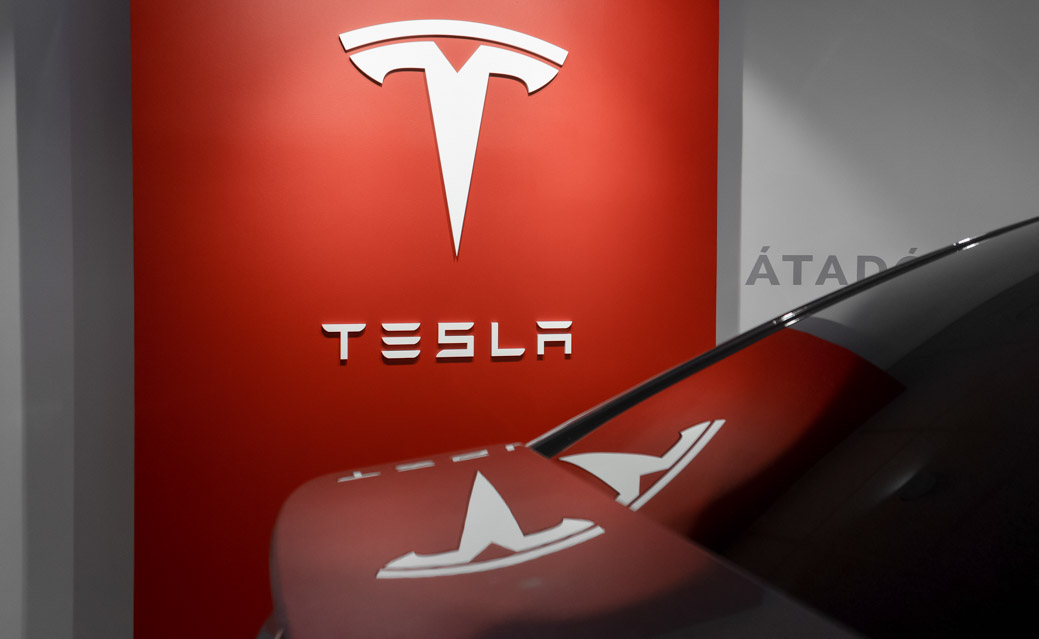Electric cars aren’t as environmentally friendly as we think they are
Companies like Tesla lack transparency in their data and continue to emit gasses.
Evaluating the environmental impact and legacy of electric vehicles (EVs) is complicated for various reasons. At this point, it’s almost a bore to enumerate the problems with Tesla as a company, from their lack of emissions data transparency to their will-they-won’t-they relationship with cryptocurrency, to their rocky record on labour relations. However, we should not overemphasize their role in the EV space or lose sight of the greater issues. In Canada, Tesla only represents around 1 in 4 new electric vehicles in 2020, according to Statistics Canada and the company’s own filings.
An electric vehicle’s environmental impact goes beyond its emissions. Cars and their batteries need to be as lightweight as possible and require rare materials and lithium batteries to ensure the most bang for your buck. But these rare metals must be mined somehow, and the emissions of their production actually exceeds those of regular vehicles.
When you reach the end of your EV’s life, the lithium battery that cleanly powered your vehicle also poses a dilemma. With the batteries weighing almost a ton, they still require plenty of energy to responsibly recycle them. Though gas-powered cars will still emit far more pollution than their electric counterparts during their lifespan, these problems are not ones we can or should ignore.
For electricity to have any meaningful impact on climate change we need widespread electrification. Electric homes and electrified industrial processes need to join electric cars on the market on a wider scale if we are to have any hope of substantially fighting climate change through innovative technology.
The electrification of our society needs to become a larger conversation, and improving our electric vehicles is part of it. However, we need to break the pattern of discussion. For far too long, Tesla has dominated the conversation on electric cars, despite only contributing roughly 24 per cent of new EVs in Canada. While they might have been the first to market, they are not by any means the biggest manufacturer of electric vehicles.
In 2020, over 54,000 zero-emission vehicles (ZEVs) were registered in Canada, with almost three-quarters of these being battery-electric vehicles (as opposed to plug-in hybrids or hydrogen cell vehicles). Only 9,400 of these were manufactured by Tesla.
You may be wondering, why does this matter? It matters because in allowing our fascination with Tesla and Elon Musk to dominate the conversation, we are allowing other car manufacturers to go unscrutinised and unscathed. Other manufacturers, it should be noted, whose main commodities continue to be gas-powered vehicles, unlike Tesla. While many have decried Tesla’s lack of transparency, we can’t allow it to cloud the main issue.
Though companies like Ford and Toyota, the manufacturers of the most purchased cars in Canada in 2020, may be open about their levels of emissions and their carbon footprints, this should not excuse them. Transparency without action only goes so far. Instead, we should use this transparency as a tool to pressure these manufacturers into adopting more environmentally friendly practices and manufacturing cleaner products. To ignore their impact, or to allow ourselves to be distracted by louder but less meaningful voices, is to put our planet further at risk. This is not to say we allow those other players to go unchecked. Rather, we must give these seemingly “less controversial” players the same attention that we do their counterparts.
Staff Writer (Volume 48 & 49) — Hema is currently in her final year, finishing a double major in Linguistics and French Language Teaching and Learning. She previously served as a Staff Writer for Volume 48 of The Medium. Her favourite part of writing is the opportunity to research new topics, speak to new people, and make her voice heard, and she hopes that her articles can spark this interest in other students. In her spare time, you can find her in bed reading with a cup of coffee (and she's always looking for more book recommendations!).


